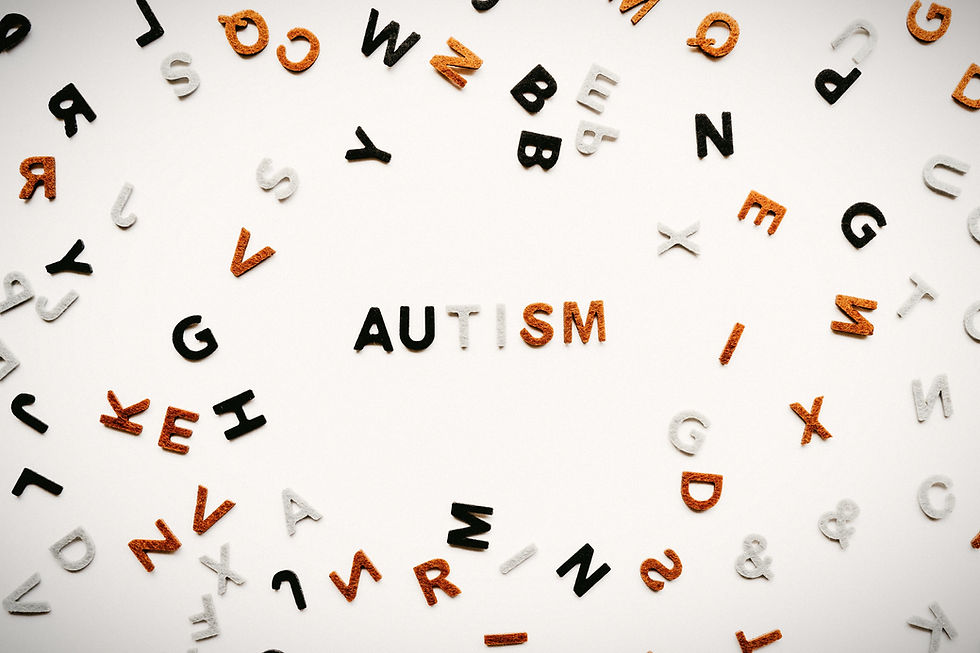Challenging Behavior Is Communication: Here’s How to Listen
- emmaflick3

- May 28, 2025
- 2 min read
When someone hits, yells, runs away, shuts down, or refuses to cooperate, it’s easy to label the behavior as “defiant,” “attention-seeking,” or “manipulative.” But these labels don’t help us understand what’s really going on — and they certainly don’t help the person in distress.
What if we reframed the behavior entirely? What if we saw it as communication — not a problem to fix, but a message to understand?
Especially for neurodivergent individuals or those with limited verbal language, behavior is their voice. And when it’s big, loud, or hard to manage, it usually means the message is urgent.

Behavior Happens Because of Something
All behavior — even the challenging kind — serves a function. It’s a response to something in the environment, a way of getting a need met, or an attempt to feel safe and in control.
Before we respond, we can pause and ask:
What might they be trying to tell me?
What happened right before this behavior?
What need is going unmet right now?
Listening Looks Different in Behavior Support
To “listen” to challenging behavior means going beyond the words (or lack of them) and tuning into the full context.
Start by observing:
The antecedents: What triggered or set the stage for the behavior?
The behavior itself: What form did it take — and what happened as a result?
The consequences: Did the person get what they were seeking? Did something stop?
We’re not just tracking what happened. We’re tracking why — with curiosity, not judgment.
Common Messages Behind Challenging Behavior
Here are just a few examples of what a person might be “saying” through their behavior:
“This is too hard for me.” (Escape/avoidance)
“No one’s noticing me.” (Attention-seeking)
“I need control over something.” (Autonomy)
“This situation is too overwhelming.” (Sensory overload)
“I don’t have another way to express this feeling.” (Emotional dysregulation)
When we listen for the need underneath the behavior, we can respond with compassion and skill — not just correction.
Responding with Empathy and Strategy
Instead of reacting with punishment, try responding with regulation and support:
Co-regulate first. Help the person feel safe and calm before teaching or redirecting.
Validate the feeling, even if you redirect the behavior. (“You’re upset — I hear you. Let’s figure this out together.”)
Teach more effective ways to communicate. Support doesn’t stop at stopping the behavior — it means building skills for the future.
Final Thoughts
Challenging behavior isn’t the end of the conversation — it’s the beginning. When we shift from “How do I stop this?” to “What are they trying to tell me?”, everything changes. We stop reacting. We start connecting. And we build trust — the foundation of any meaningful support.
Because everyone deserves to be heard. Even — and especially — when they don’t have the words.





Comments